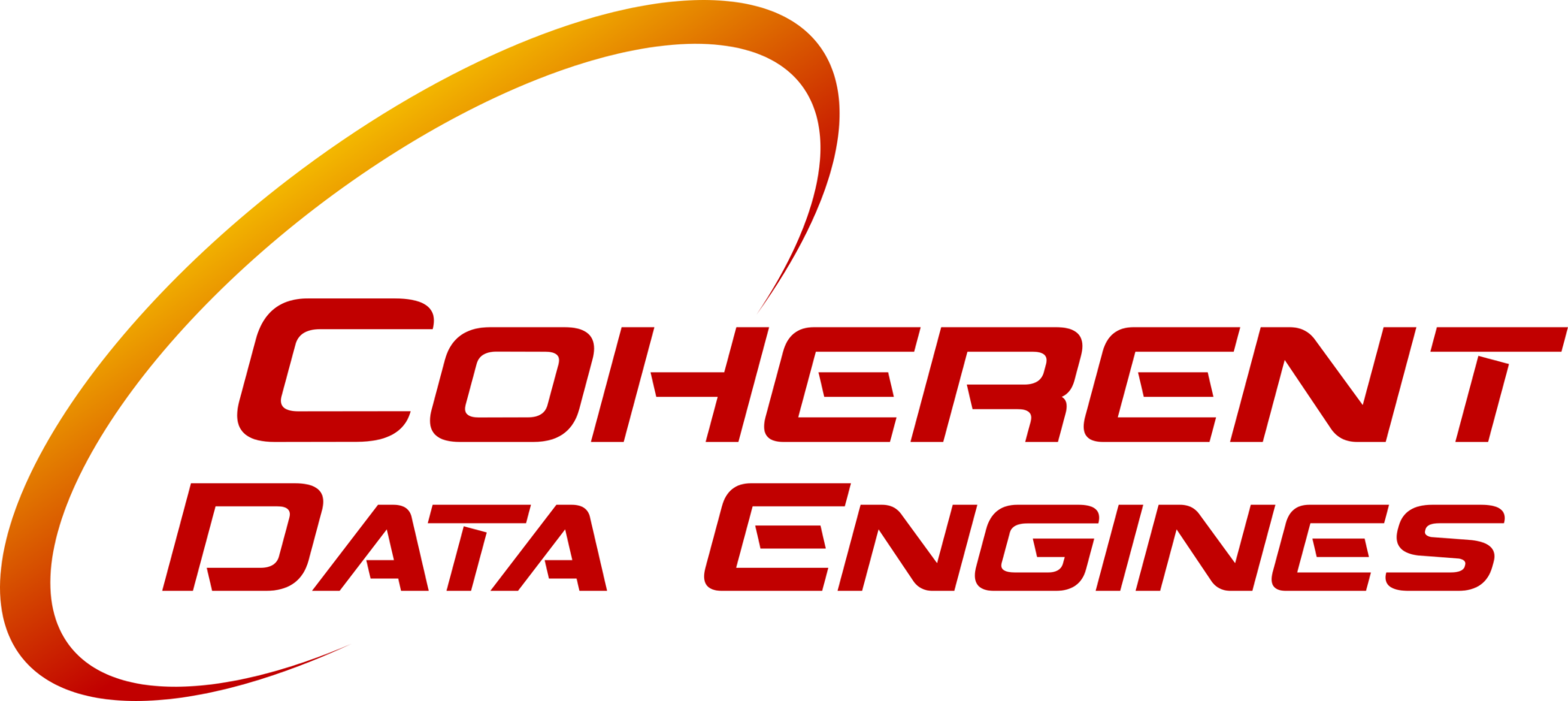Synergistic Research & Diagnostic
Quantitative multi-modal high-resolution microscopy data corroboration across different investigative or diagnostic workflows. Big-science results from smaller, focused, independent efforts.

Job: Microscopy-Based Research and Diagnostic
- Biomedical R&D aims to decipher complex systems and functions
- Our instruments capture but a fraction of this complexity, with many hidden variables causing significant variability, masking subtle structures
- The solution is to expand the experimental sampling space (large scale screens) and statistically characterize biological function and structure
- Fully quantitative, theory-rich, system-wide studies have become essential!

Challenge: Labor-Intensive, Not Quantitative, Not Scalable
- Microscopy is one of the most important research and diagnostic tools
- It is labor-intensive and largely not quantitative => its data has limited value
- Quantitative only for specific samples (thin, fluorescently-labeled)
- Large-scale microscopy-based studies either use fluorescence (very expensive, of limited use, cytotoxic) or require very careful coordination.
- Ad-hoc quantitative data corroboration for deeper insights is not possible
Computational qMAPP
Fast automated system for acquiring complete, quantitative and normalized representations of the structure of labeled and unlabeled cells and tissues. Easy and direct access to these “digital twins” in a standard normalized format will enable researchers to combine the exploratory power of bio-informatics with the investigative capabilities of quantitative full-field optical microscopy of live/fixed cells/tissues.
Value Proposition
Coherent computational microscope for fast automated imaging of stained/unstained, labeled/unlabeled slides. Capture perfectly focused images without operator intervention. Store data in quantitative, normalized format: different instruments acquire equivalent data when imaging the same sample. The quantitative normalized data facilitates synergistic collaboration at large scale. Previously “digitized” samples can be reviewed in new contexts for new insights and perspectives without requiring re-imaging. The automated high-resolution feature detection and classification facilitate large studies enabling researcher or pathologists to quickly identify and focus on subtle features of cell populations or tissue structures.
Conventional Brightfield
Cheap, Fast, Not Quantitative
Images: instrument and operator dependent
Images: mostly qualitative information
Typically requires sample staining
Not useful for large scale studies
Fluorescence Microscopy
Slow, Expensive, Quantitative
Very slow: 1000× lower light efficiency
Well corrected images of thin samples are quantitative representations of label densities
Quantitative representations of sample structure make it the method of choice for screens
Thicker samples require good background rejection (confocal imaging) and many Z planes

Computational qMAPP
Very Fast, Full-Field Quantitative
Brightfield detection => light efficient and fast
Fully quantitative representation of unstained/unlabeled sample structure
Reliable corroboration of quantitative insights
Increase pace of discovery through facilitating synergistic collaborations
Let’s Work Together
Microscopy technology has not evolved in its general practice for a century: it is still a generally manual, difficult to scale, process.
Our technology is uniquely capable of fully-digital, high-accuracy, quantitative microscopy of stained and unstained samples.
Through synergistic collaboration, we can solve important health screening and diagnostic challenges, benefiting humanity.
Contact Us
We’re eager to learn about your requirements and happy to tell you more about our technology.
Ithaca, NY 14850
+1 917 436 1624
info@cdei.net
